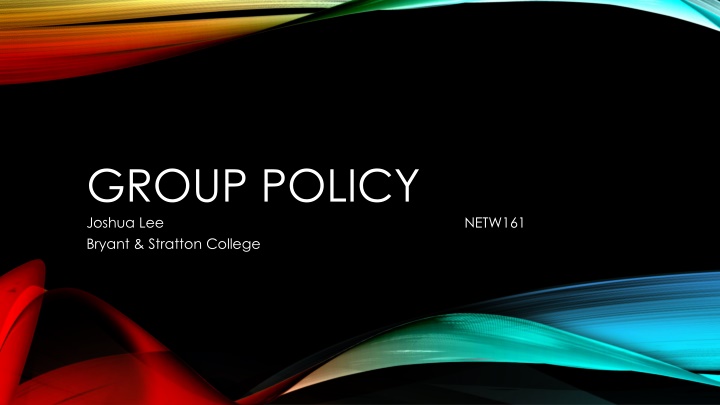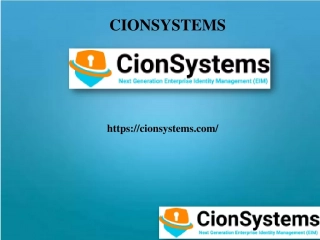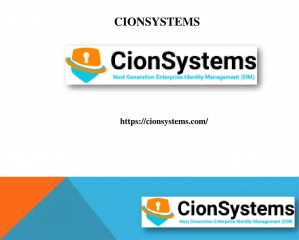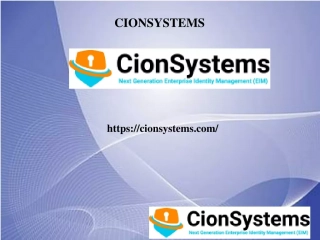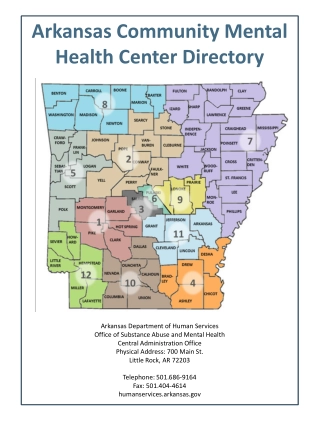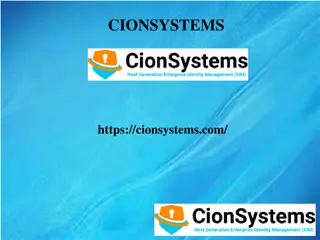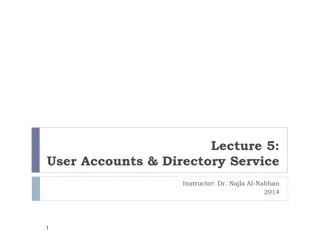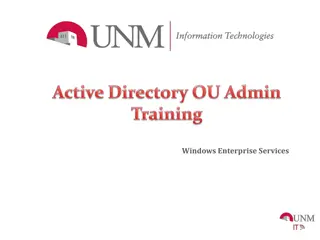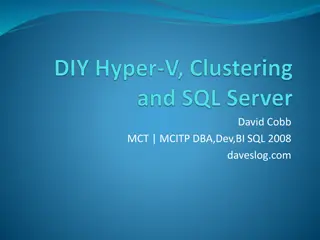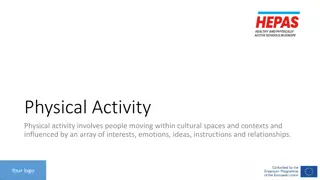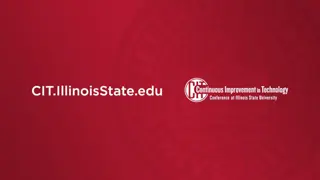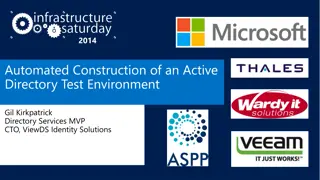Introduction to Group Policy Management in Active Directory
Group Policy in Windows Active Directory allows administrators to centrally control system settings, user rights, and security options without physical access. Learn about Group Policy Management Console, Group Policy Objects, Links and Inheritance, as well as implemented policies like User Rights, Audit Policies, and Account Management.
Download Presentation

Please find below an Image/Link to download the presentation.
The content on the website is provided AS IS for your information and personal use only. It may not be sold, licensed, or shared on other websites without obtaining consent from the author.If you encounter any issues during the download, it is possible that the publisher has removed the file from their server.
You are allowed to download the files provided on this website for personal or commercial use, subject to the condition that they are used lawfully. All files are the property of their respective owners.
The content on the website is provided AS IS for your information and personal use only. It may not be sold, licensed, or shared on other websites without obtaining consent from the author.
E N D
Presentation Transcript
GROUP POLICY Joshua Lee Bryant & Stratton College NETW161
INTRODUCTION Group Policy Management Console Group Policy Overview Group Policy Objects Group Policy Links and inheritance Account Policies Audit Policy User Rights Agreements. Security Options Software Restriction Policies
WHAT IS GROUP POLICY? According to CompTIA, Group Policy by definition is a feature of Windows Active Directory that allows an administrator to apply group policy settings to network users en masse. (CompTIA Network+ p. 817) Group Policy allows administrators to have centralized control of the computers and users on the system without accessing the physical machine. Group Policy is a security tool used by Active Directory to limit aspects of the system.
GROUP POLICY MANAGEMENT CONSOLE Group policy management console provides tools necessary for administrators to manage settings within Active Directory. GPMC allows administrators to easily apply group policies to local computers and users within a domain. GPMC is an easy way for administrators to provide centralized management on a domain.
GROUP POLICY OBJECTS Group policy objects or GPOs are the actual settings configured within the Group Policy Management console containing the various settings to keep the network secure. When Active Directory is installed, some GPOs are configured automatically such as the Default Domain Policy Group policy objects can be applied to Organizational Units, Domains, Sites on Servers.
GROUP POLICY LINKS AND INHERITANCE -Links and inheritance make it easier for administrators to keep track of policies for users and computers -Links are created to Sites, Domains, Groups, and OUs -Link-enabled applies policies to objects in the OU
IMPLEMENTED GROUP POLICIES - User Rights - Standard Users or limited Users are only given the control needed to complete day to day responsibilities. - Keeping Users set as standard users will not allow them to make unauthorized changes to the system. - Audit Policies - Records Logon events to local computers or domain controllers - Account Management- allows administrators to create, delete, disable, or rename user and computer accounts - Account Policies - Set limitation on what the user can define as a password. - Set a timeframe of when the password should be refreshed by the user. - Account Lockout Policy sets a limit to the attempts for entering an incorrect password.
IMPLEMENTED POLICIES CONT. - Security Options - Prevent Users from installing printers. - Limit access to changes through removable media. - Restricting access to CD-ROM drives from local users. Software Restriction - Only providing software users need to complete day to day responsibilities - Keeping users from adding software to the account or computers.
GROUP POLICY BENEFITS Overall, Group policy is a cost-effective way for administrators to configure computers for users at one central location. Roles and policies applied can grant or restrict access based on actions performed within the job. Group policy provides added security to the network when keeping the users access to meet their needs to perform their responsibilities Group Policy is a great advantage to businesses seeking to find a simple solution to control users access at a centralized location.
REFERENCES Meyers, M. (2018) CompTIA Network+ Certification Exam N10-007 Exam Guide Seventh Edition. McGraw Hill Education TestOut Corp. (2019) TestOut Server Pro 2016: Install and Storage (section 8.1- 8.9) Retrieved from http://www.testout.com
